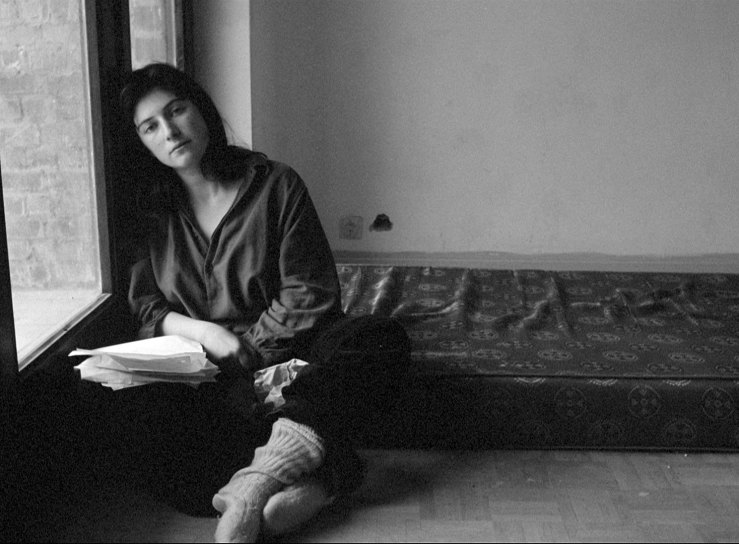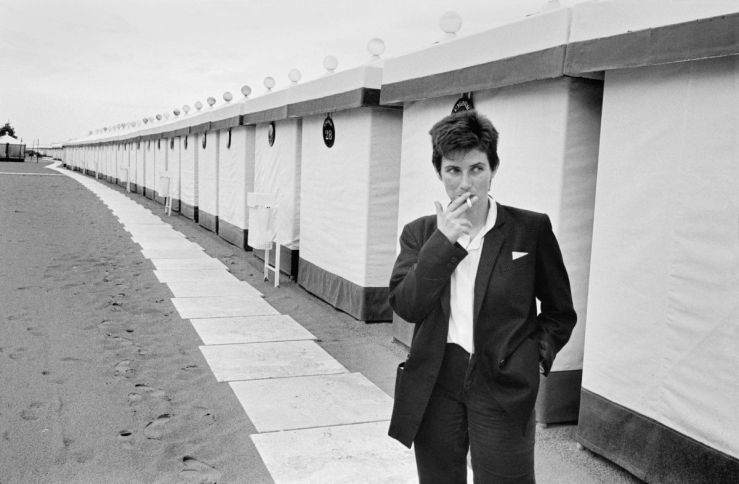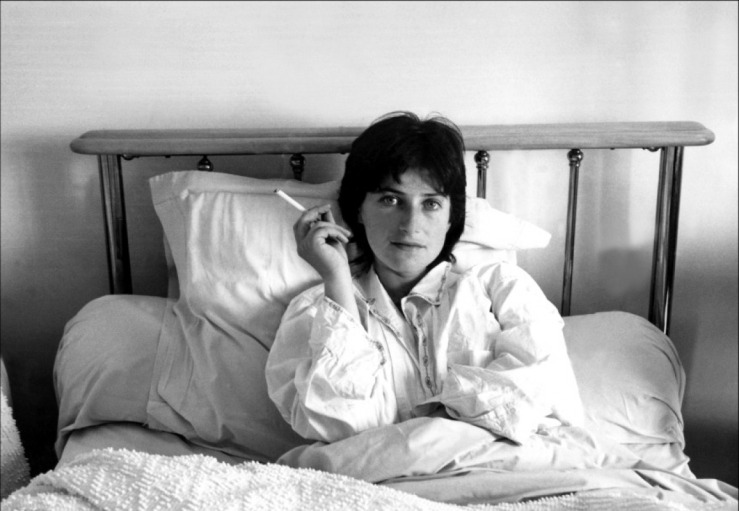
Je Tu Il Elle
Who was Chantal Akerman? She was a renowned Belgian film maker. She was born in Brussels in 1950 and she killed herself in Paris a few weeks ago.
When a journalist from Village Voice asked Julie Christie, (the actress from Darling and Don’t Look Back and a name to anyone under thirty no doubt just as mysterious as Chantal Akerman) what film she would take to a desert island, Christie replied Jeanne Dielman.
Akerman made Jeanne Dielman , 23 quai du Commerce, 1080 Bruxelles when she was twenty five and the New York Times called it the ‘first masterpiece of the feminine in the history of the cinema’. It features the collapse of a woman’s routine over three days, as she attempts to look after her son, while paying for his upbringing through prostitution. The film critic John Coleman said that ‘the film’s time span covers Tuesday (stew and potatoes), Wednesday (wiener schnitzel) and heady Thursday (meat loaf and Jeanne has an orgasm and kills her client with a pair of scissors).’

The film was followed by Je Tu Il Elle, which is about a young woman who lives alone, writes letters and eats powdered sugar.
But this is all biographical information, it doesn’t answer the question…who was she? She had green eyes. Strong eyes. She was pretty when she was younger, a cross between Charlotte Rampling and Doris Lessing. She had a number of nervous breakdowns. Her mother died last year. She had been recently hospitalised for depression.
These are the major things, but we’ll never know the ‘almost nothings’ that made her day to day and together formed the backcloth of her life.
We know she was nomadic, the often labeled ‘Belgian film-maker’ found it difficult to settle down and stay put. She produced work in Eastern Europe, Mexico, China and Israel. She was Jewish and like all people born within its orbit, the Holocaust and its aftershocks were a constant presence in her life and memory. Her mother had survived Auschwitz, while her mother’s parents had perished.

The Holocaust influenced her work, how could it not? In her 1989 film ‘American Stories – Food, Family and Philosophy’ Akerman presents a patchwork quilt consideration of European Jewish culture. It was noted by the American film critic, Jonathan Rosenbaum, that American Stories was dominated by exterior shots, which was not, Rosenbaum concluded, Akerman’s natural medium. Instead, the critic said, Akerman was much more suited to the constricting interior.
Akerman, the dweller of the concise interior? It is a charge that does appear to stand up to scrutiny. Her films often feature a dark constricted corridor or a small flat bedroom. But, if the physical appearance of her work on the screen is full of barriers and constraints, her narrative style, the way she tells a story and perhaps the way she lived her own life, is much more musical in style.
Every shot lasts as long as it should, nothing feels overwrought or overstretched. An image stays as long as it should stay and then, she cuts, and it disappears.